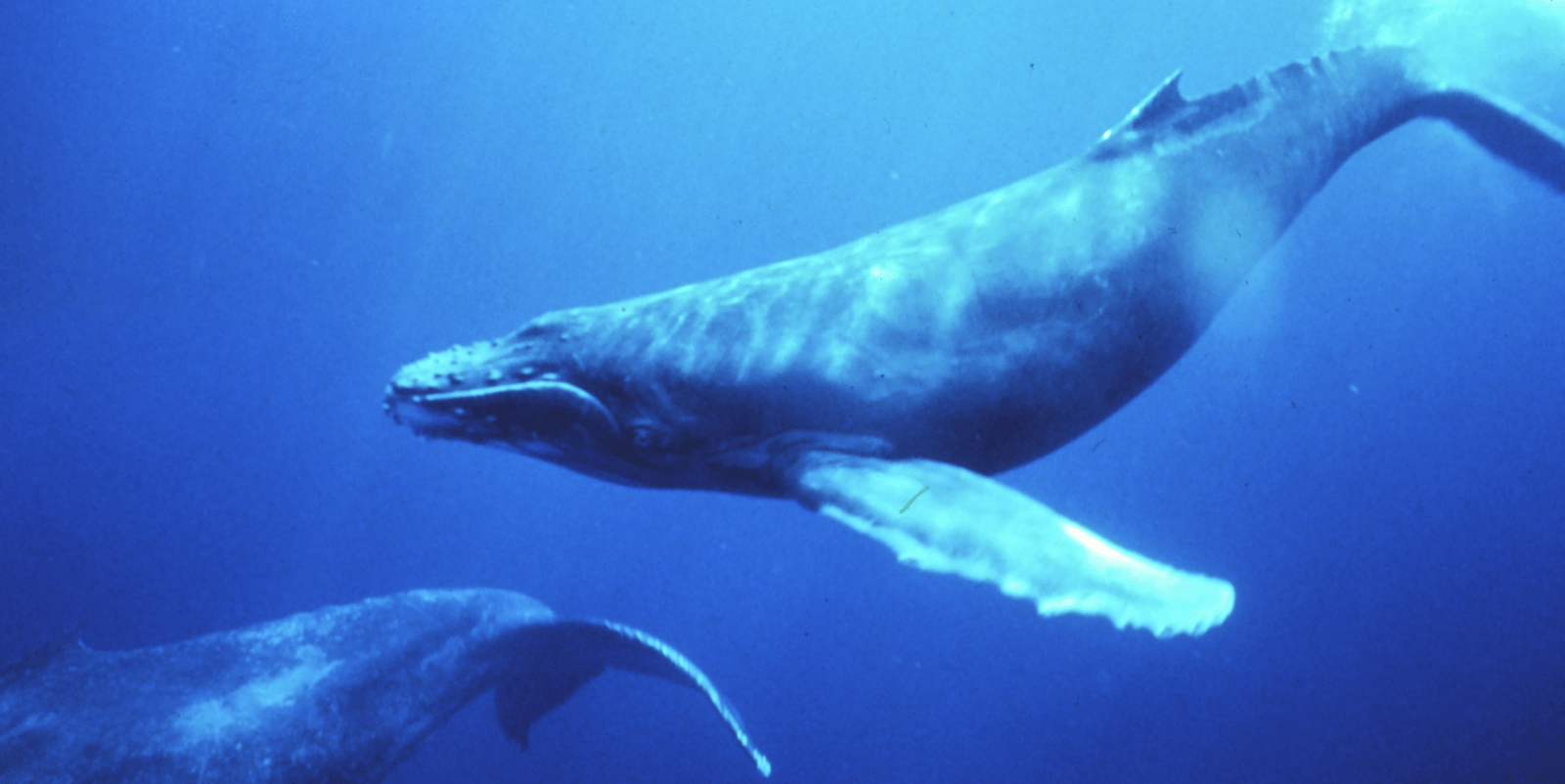Whales are among the largest and oldest animals on Earth, with a spectacular tale of evolution. They began as land-dwelling, hoofed mammals more than 50 million years ago, and then returned to the sea as warm-blooded ocean dwellers. Like humans, whales are sentient creatures who nurse their offspring, form bonds and friendships, sing and play.
They come in all shapes and sizes, from the snowy white arctic belugas and tusked narwhals — which inspired mythical tales of unicorns — to the great orca hunters, singing humpbacks and 100-foot blue whale leviathans, the largest creatures on earth. An 1820 attack on a New England whaling ship by a sperm whale, which can weigh up to 45 tons and grow to 52 feet long, inspired Henry Melville to write Moby Dick. Fortunately, the waters off California today serve as a sanctuary rather than a slaughterhouse for these magnificent creatures, typically spotted during their migrations to and from warmer waters.
Want to see one of these incredible creatures up close? Check out the top Whale Watching tours in Monterey here.
Featured Photo: Humpback whale below the Golden Gate Bridge, courtesy of Bill Keener/GGCR
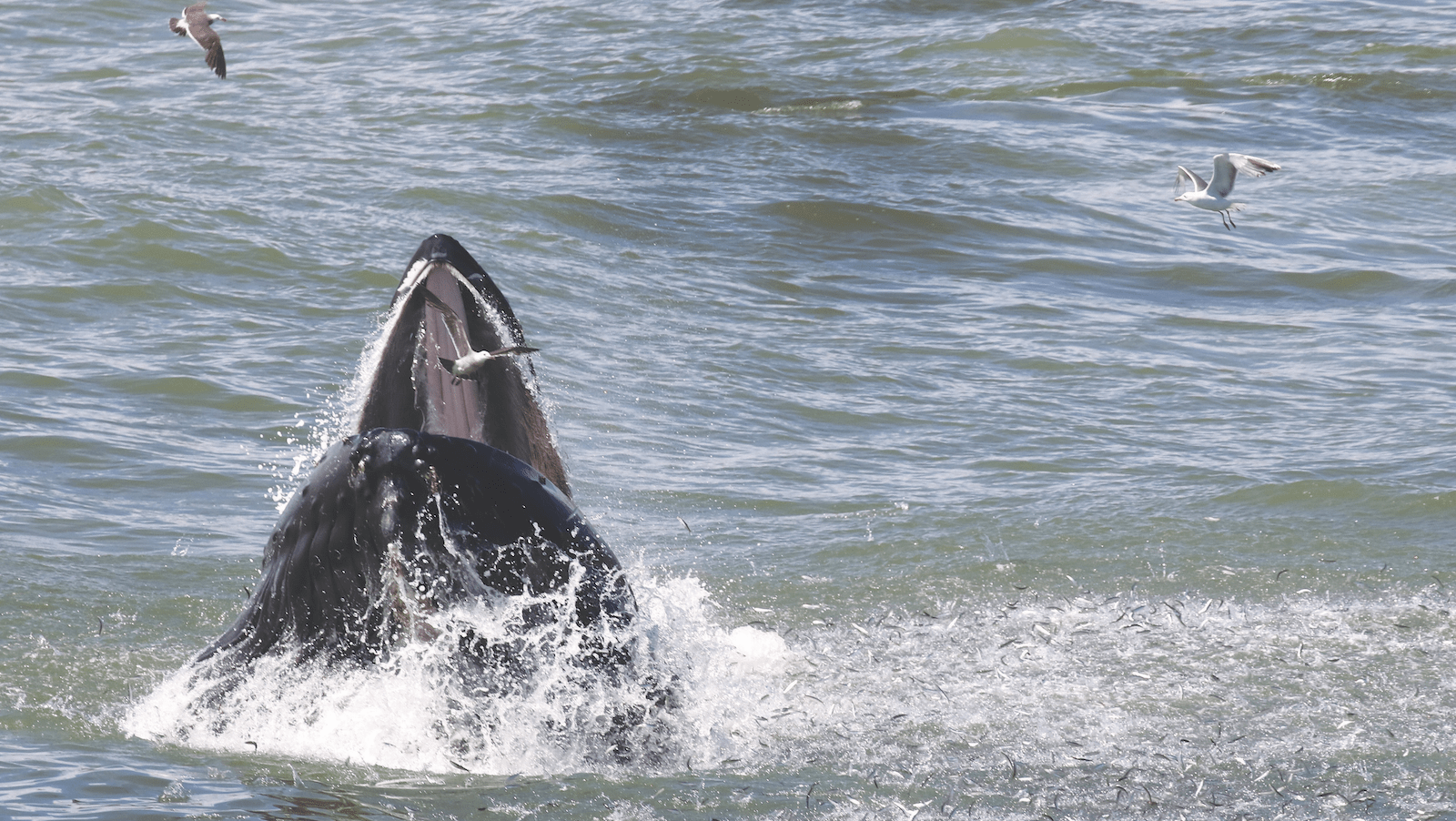
Gray whales swimming from Alaska to Mexico pass San Francisco and Monterey Bay as they head south December through mid-February, and then again as they head north mid-February through April. Humpback whales traditionally appear in the nutrient-rich Monterey Bay (and occasionally even inside San Francisco Bay) mid-April through December, before heading south to Mexico. With changing weather patterns and an increase in population, some humpback whales have even decided to live in Monterey Bay year-round. Killer whales, or orcas, can be seen throughout the year too, but they’re most common April through June. They add a touch of murderous suspense to whale-watching tours as they prey upon gray whales and their young migrating northward.
There’s more than one kind of cetacean to spot on a whale-watching tour in Northern California. Here are five to observe swimming in or near Monterey Bay at various times of the year, according to Nancy Black, founder of Monterey Bay Whale Watch.
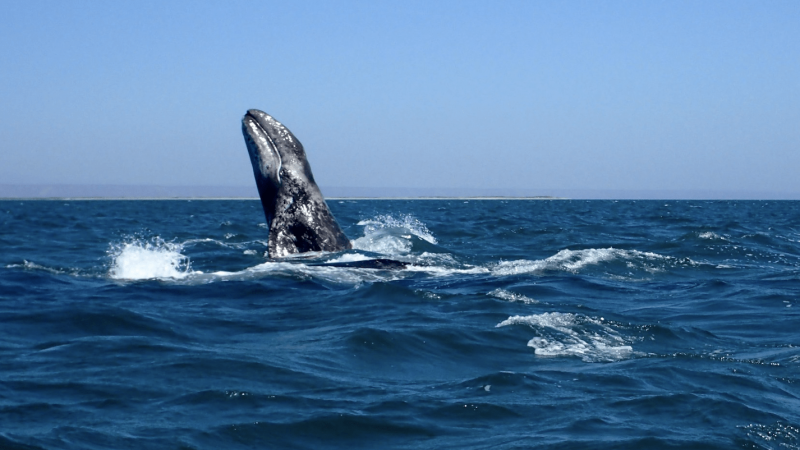
Gray Whale
September – April
Some 25,000 gray whales migrate along the coast between Alaska and Baja California twice a year. Traveling closest to shore in spring to protect their babies from orcas, they may journey 10,000 miles or more round trip. Gray whales can grow up to 49 feet long and weigh up to 90,000 pounds.
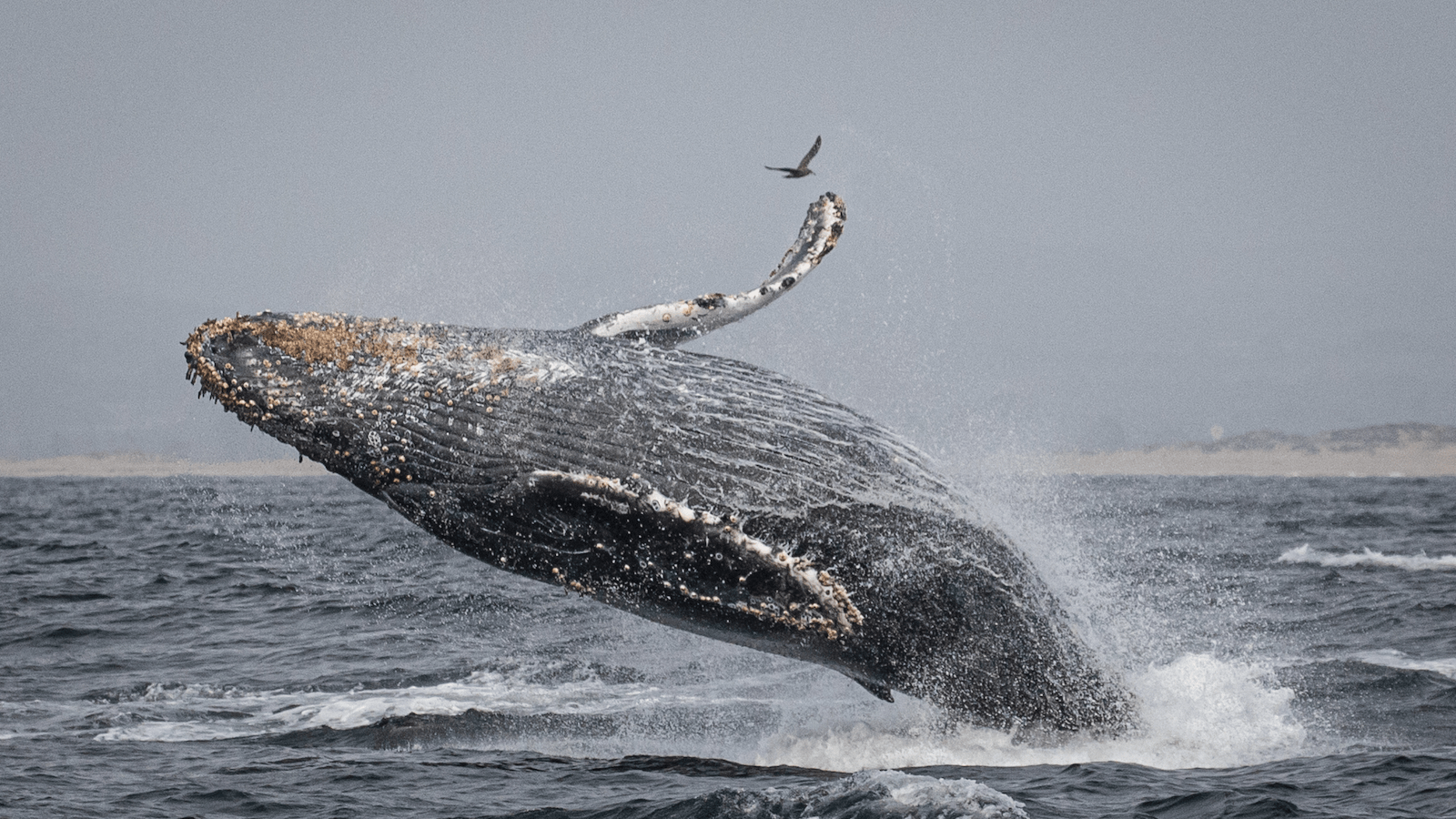
Humpback Whale
April – December
Named for its distinctive back, these whales breed and bear young in Mexico in winter, then migrate to Central and Northern California in summer and fall to feed on sardines, anchovies and krill. Now numbering about 800, after being hunted nearly to extinction, they can reach 60 feet long and weigh up to 40 tons. Black considers them the most active and curious, often approaching her tours to get a closer look.
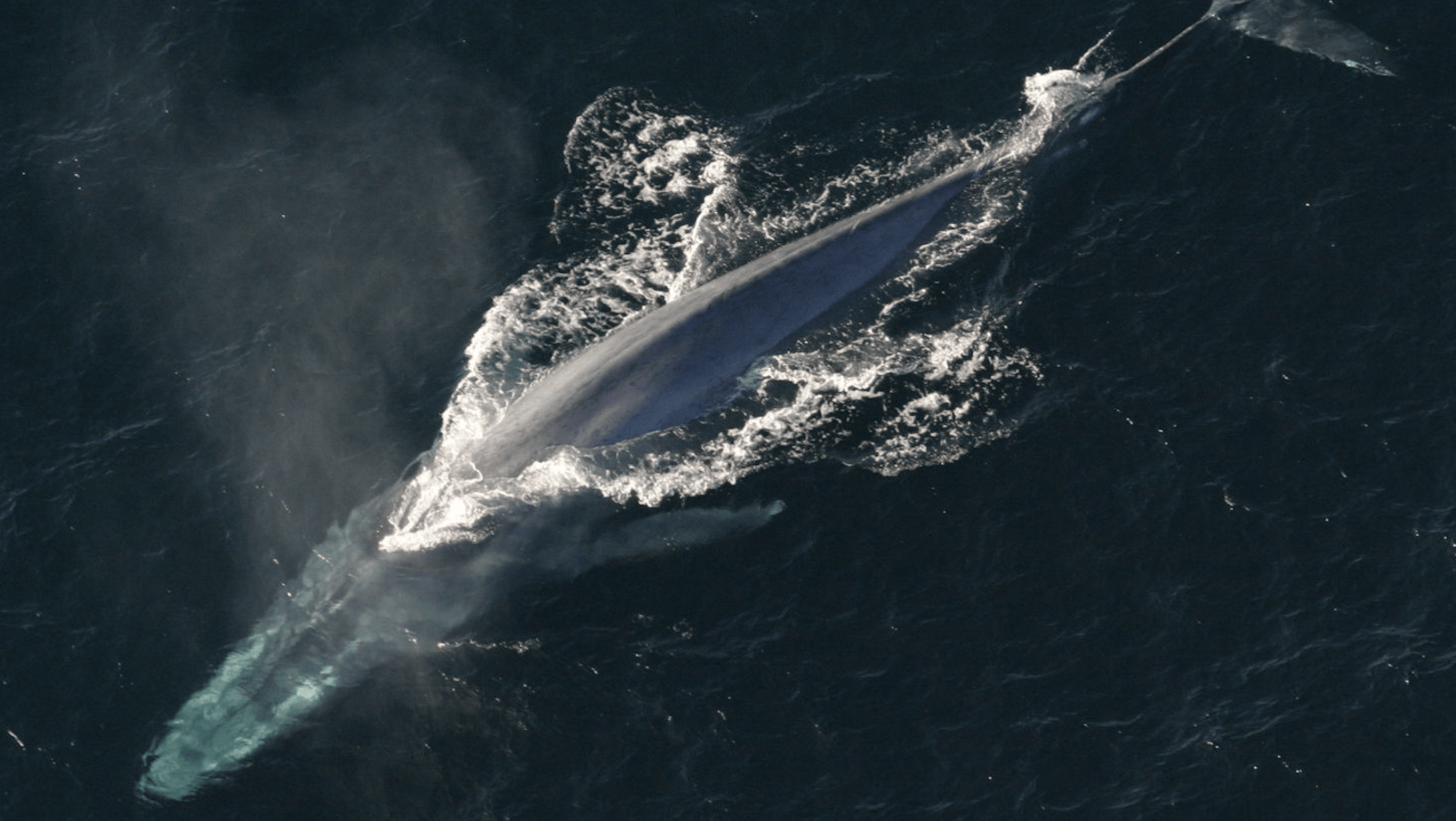
Blue Whale
May – October
The largest of all creatures ever to roam our planet, the endangered blue whale feeds only on krill, coming into Monterey Bay from June through October when it’s most abundant, according to Black. The estimated 2,200 whales in the Northern Pacific population typically grow 80 to 100 feet long, weighing up to 50 tons and able to blow a spout 30 feet in the air.
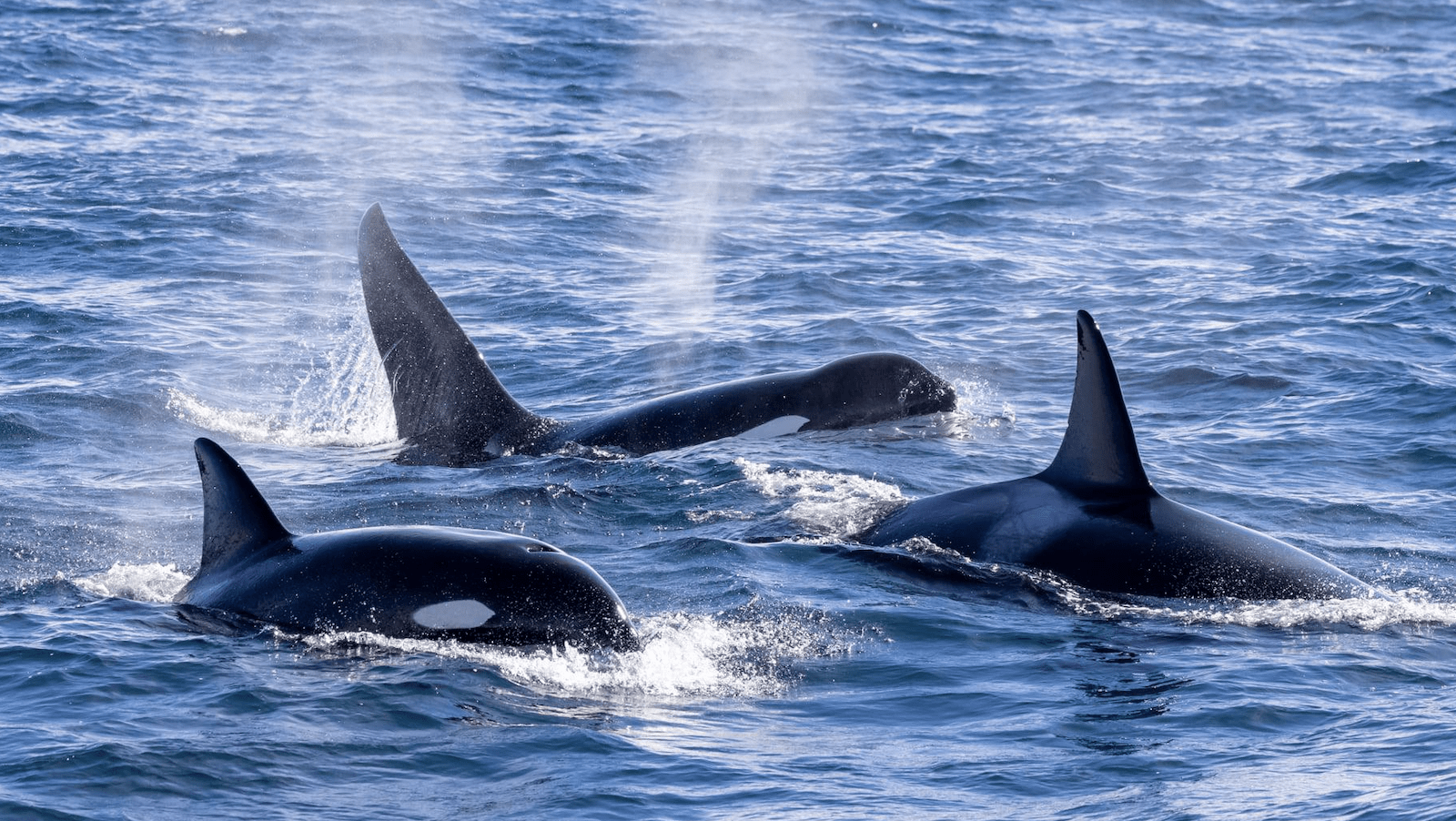
Killer Whale
March – June
Also known as orcas, these are actually the largest member of the dolphin family, weighing up to 11 tons and spanning 32 feet. Pods of eight to 12 will attack gray whales, seals, sea lions and elephant seals in Monterey Bay, with the most frequent sightings January through May and September through November, according to Black.
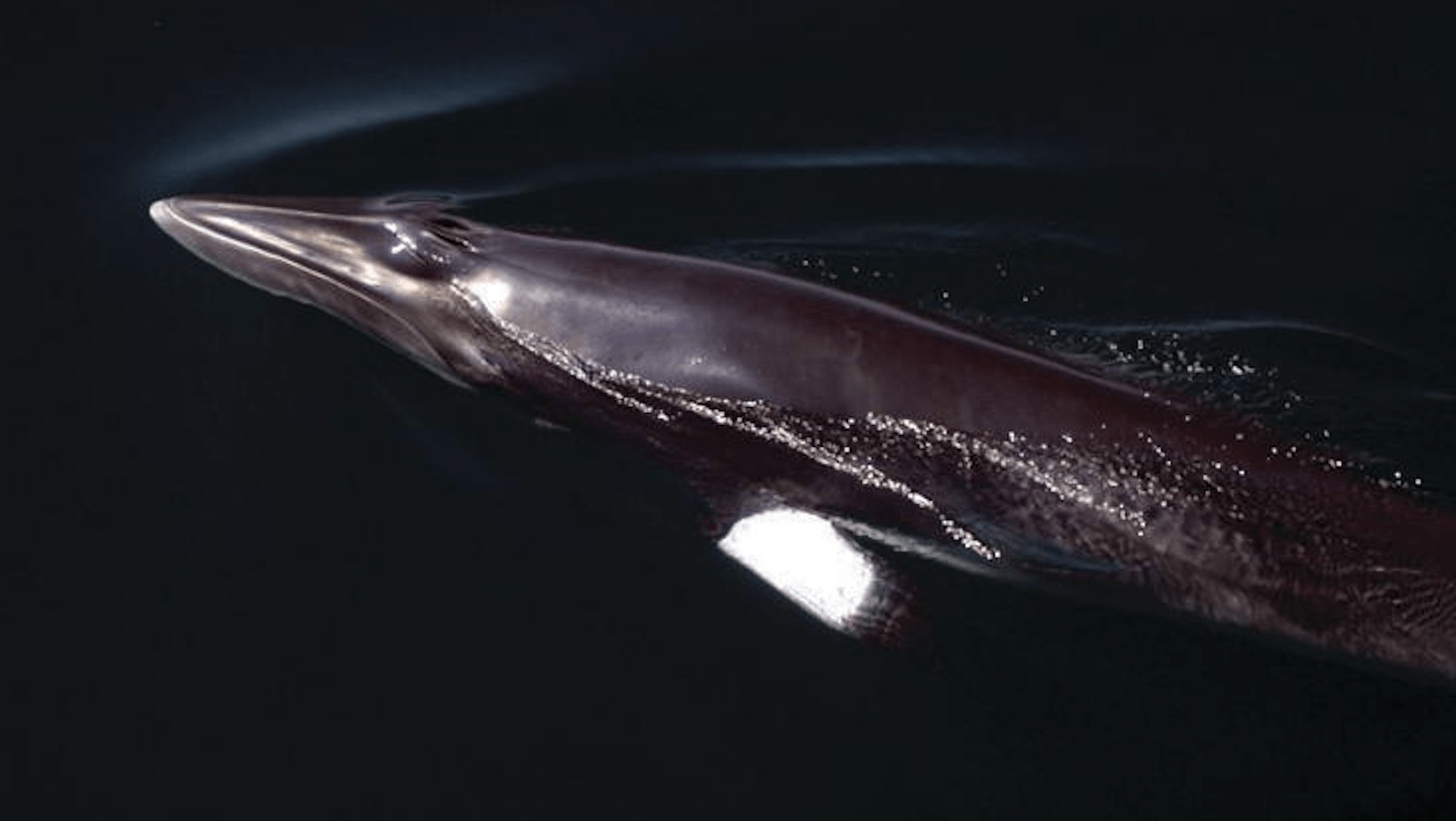
Minke Whale
July – October
The smallest of whales with baleen (keratin plates) in their mouths rather than teeth, the minke population in the Pacific Northwest is estimated at 370 year-round. They weigh up to 10 tons and grow up to 35 feet, with a relatively large dorsal fin that makes them easy to spot, Black says, most frequently in summer and fall.
*Sources: fisheries.noaa.gov, gowhales.com
Looking for more things to do in the area?
Visit our What to Do in Northern California page!




